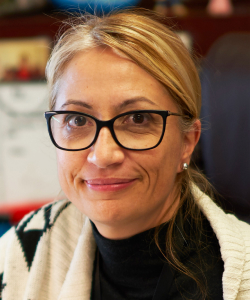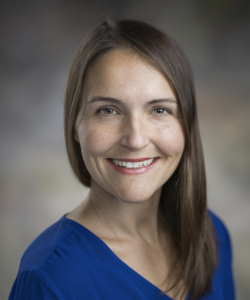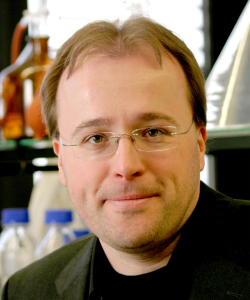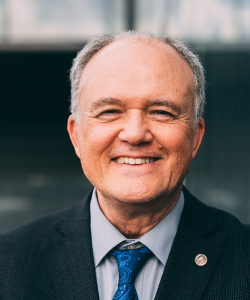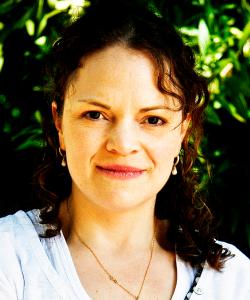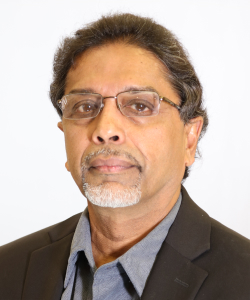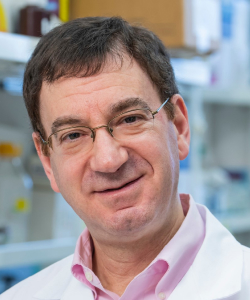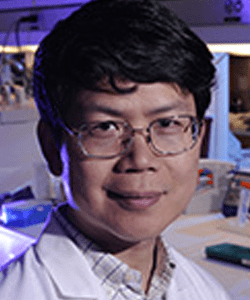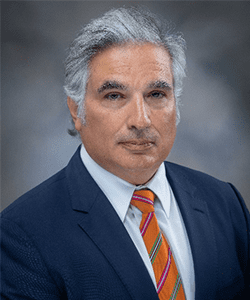It has been more than 112 years since Oskar Fischer and Alois Alzheimer published descriptions
of the condition we now call Alzheimer’s disease. Despite having spent tens of billions of dollars on
research, we haven’t advanced our understanding of Alzheimer’s much beyond the careful clinical and
laboratory work that Oskar Fischer described in four seminal papers in 1907, 1910, and 1912.
Oskar Fischer worked in the Department of Psychiatry at the German University in Prague,
under the direction of the renowned psychiatrist and neuropathologist, Arnold Pick. Oskar Fischer’s
work met a very high standard for research, for example his 1907 paper described the presence of
plaques in 12 out of 16 dementia cases, four being senile dementia. It also provided the first description
of neuritic plaques, accompanied with detailed drawings of the plaques. The rigor of his work was
further supported by the fact that he included descriptions of 10 controls that didn’t have dementia or
plaques.
In contrast, Alois Alzheimer’s 1907 paper described a single patient, Auguste Deter, whom
Alzheimer observed for a period of 6 months when she was first admitted. His follow-on clinical observations were
second-hand from Perusini who had observed her for three of the remaining five years of her life.
Apparently, Auguste had several conditions beyond dementia, including arteriosclerosis, and likely diabetes and angina in
hindsight (Peng, 2016). Arteriosclerosis appears to be the cause of her death in 1906 at the age
of 55, at which time Alzheimer examined her brain. Recent DNA analysis of her brain had a first study
yielding a positive result for an early onset gene variant and a second study yielding a negative result.
Further testing needs to be done.
Not only was Oskar Fischer a successful research scientist with numerous publications, he was
also a very successful entrepreneur and businessman, founding a sanitarium with his cousin Leo Kosak.
In 1910, they purchased the Chateau Veleslavin for their sanitarium. Oskar Fischer’s fortune continued
until the Germans invaded Czechoslovakia in 1939, at which time he was deposed from his teaching
position because of his Jewish heritage. It was this same year that the Nazi (National Socialist) Gestapo
appropriated the sanitarium. The Gestapo arrested Oskar Fischer in early 1941 and deported him to
Theresienstadt in Czechoslovakia, a mixed ghetto and concentration camp similar to Dachau in Germany. According to neighbor and
fellow colleague, Vladimir Vondracek, Oskar Fischer died on February 28, 1942 after being severely
beaten by the guards.
References
Alzheimer A. Über eine eigenartige Erkrankung der Hirnrinde. Allg Z Psychiat 1907; 64: 146-8.
Berchtold, N. C.; C. W. Cotman (1998). "Evolution in the Conceptualization of Dementia and Alzheimer's Disease: Greco-Roman Period to the 1960s" (PDF). Neurobiology of Aging. 19 (3): 173–189. doi:10.1016/S0197-4580(98)00052-9. PMID 9661992. Retrieved 4 September 2012.
Fischer O. Miliare Nekrosen mit drusigen Wucherungen der Neurofibrillen, eien regelmässige Veränderung der Hirnrinde bei seniler Demenz. Monatsschr Psychiat Neruol 1907; 22: 361-72.
Goedert, Michel (2009). "Oskar Fischer and the study of dementia"(Occasional Papers). Brain. 132 (4): 1102–1111. doi:10.1093/brain/awn256. PMC 2668940. PMID 18952676. Retrieved 3 September 2012.
Peng FCC (2016). “Is alzheimer’s disease a fiction?”. Clin Res Trials 1: doi: 10.15761/CRT.1000125
https://www.oatext.com/Is-alzheimers-disease-a-fiction.php#Article_Info. Retrieved 21 September 2019.
Rupp C, Beyreuther K, Maurer K, Kins S (2014). “A presenilin 1 mutation in the first case of Alzheimer's disease: Revisited” (PDF). Alzheimer's & Dementia. 10(6): 869-872. ISSN 1552-5260.
https://doi.org/10.1016/j.jalz.2014.06.005. Retrieved 19 October 2019.
Vondracek V (1978). “Lékař dále vzpomíná”. Czech Republic.


